What Is Aortoiliac Disease
What is aortoiliac disease. What is Aortoiliac disease. Medication may be prescribed such as an aspirin or another medication to prevent platelets from clotting in the blood. Risk factor modification such as quitting smoking controlling cholesterol or high blood pressure managing diabetes.
Aortoiliac occlusive disease also known as AIOD is a medical condition characterised by blockage of the aorta which is the most important blood vessel in the body or the iliac arteries. Arteries that run down to your toes. Severe pain coldness and numbness in a limb.
Symptoms of aortoiliac occlusive disease are varied in nature. In patients with peripheral arterial disease obstructing plaques caused by atherosclerotic occlusive disease commonly occur in the infrarenal aorta and iliac arteries. Aortoiliac disease is considered a type of peripheral arterial disease PAD because it affects arteries which are blood vessels that carry blood away from your heart to your limbs.
Leriche syndrome also known as aortoiliac occlusive disease is characterized by the blockage of the abdominal aorta as it transitions into the common iliac arteries. Signs that it has advanced include. Symptoms can include pain numbness or cramping in the lower limbs gangrene in the feet and erectile dysfunction ED in men.
Aortoiliac disease is considered a type of peripheral arterial disease PAD because it affects arteries which are blood vessels that carry blood away from your heart to your limbs Your arteries are normally smooth and unobstructed on the inside but as you age a sticky substance called plaque can build up in the walls of your arteries. Aortoiliac occlusive disease may be managed by. This corresponds to the level of the umbilicus on the abdominal surface.
An aortoiliac bypass may be needed if you have severe blockages in your aorta or iliac arteries in your pelvis that cause severe discomfort in your legs when you walk. Dry scaly cracked skin on your foot. Aorto iliac occlusive disease is a form of peripheral arterial disease or PAD that affects aorta and iliac arteries.
Smoking Hypertension high blood pressure Hyperlipidemia high cholesterol Obesity Family history of cardiovascular disease. Major cracks or fissures may become infected if left.
Because aortoiliac disease is mainly caused by atherosclerosis the risk factors are the same.
Epidemiologic studies reporting on PAD include both AIOD and infrainguinal arterial disease with most patients having multilevel disease. What is Aortoiliac disease. Signs that it has advanced include. Symptoms can include pain numbness or cramping in the lower limbs gangrene in the feet and erectile dysfunction ED in men. Atherosclerotic plaques may induce symptoms either by obstructing blood flow or by breaking apart and embolizing atherosclerotic andor thrombotic debris to more distal blood. Leriche syndrome also known as aortoiliac occlusive disease is characterized by the blockage of the abdominal aorta as it transitions into the common iliac arteries. Aortoiliac occlusive disease is a type of vein condition in the legs. The disease is due to plaque buildup within the walls of the arteries that obstructs the flow of blood to the pelvis and to the extremities. The blockages may be so severe that the your feet hurt even when lying down rest pain or wounds develop on.
The disease is due to plaque buildup within the walls of the arteries that obstructs the flow of blood to the pelvis and to the extremities. Atherosclerotic plaques may induce symptoms either by obstructing blood flow or by breaking apart and embolizing atherosclerotic andor thrombotic debris to more distal blood. Arteries that run down to your toes. In patients with peripheral arterial disease obstructing plaques caused by atherosclerotic occlusive disease commonly occur in the infrarenal aorta and iliac arteries. Aorto iliac occlusive disease is a form of peripheral arterial disease or PAD that affects aorta and iliac arteries. Aortoiliac occlusive disease also known as AIOD is a medical condition characterised by blockage of the aorta which is the most important blood vessel in the body or the iliac arteries. What is Aortoiliac disease.
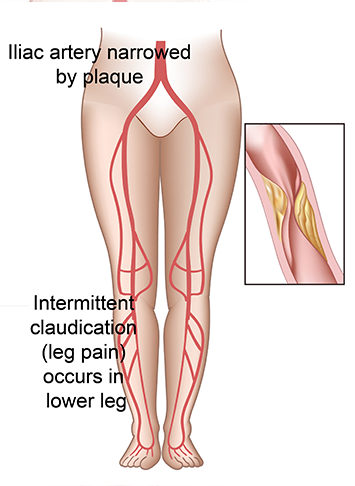

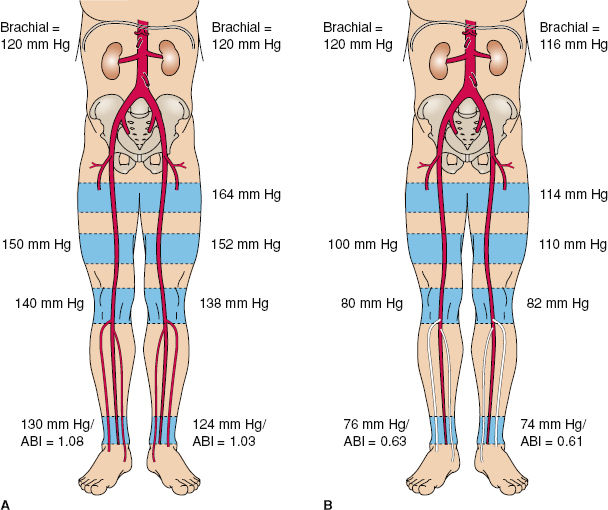
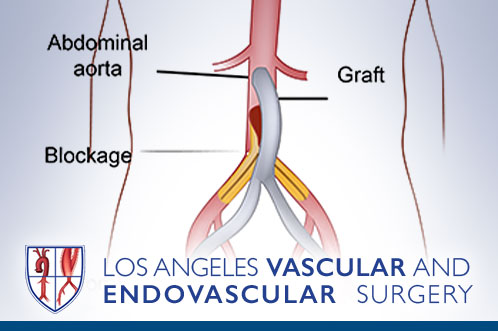


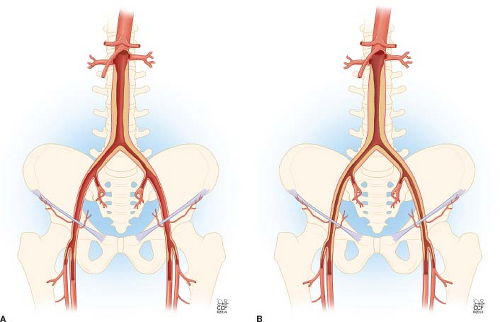









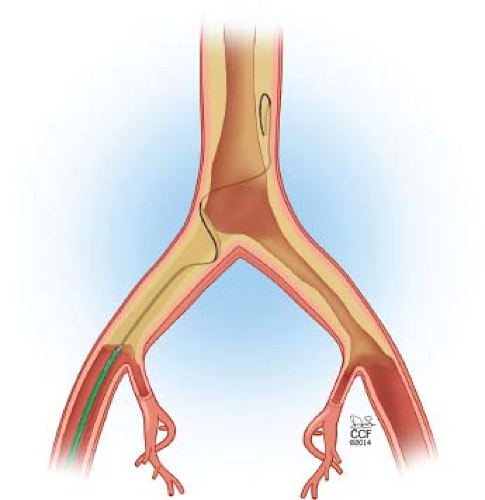

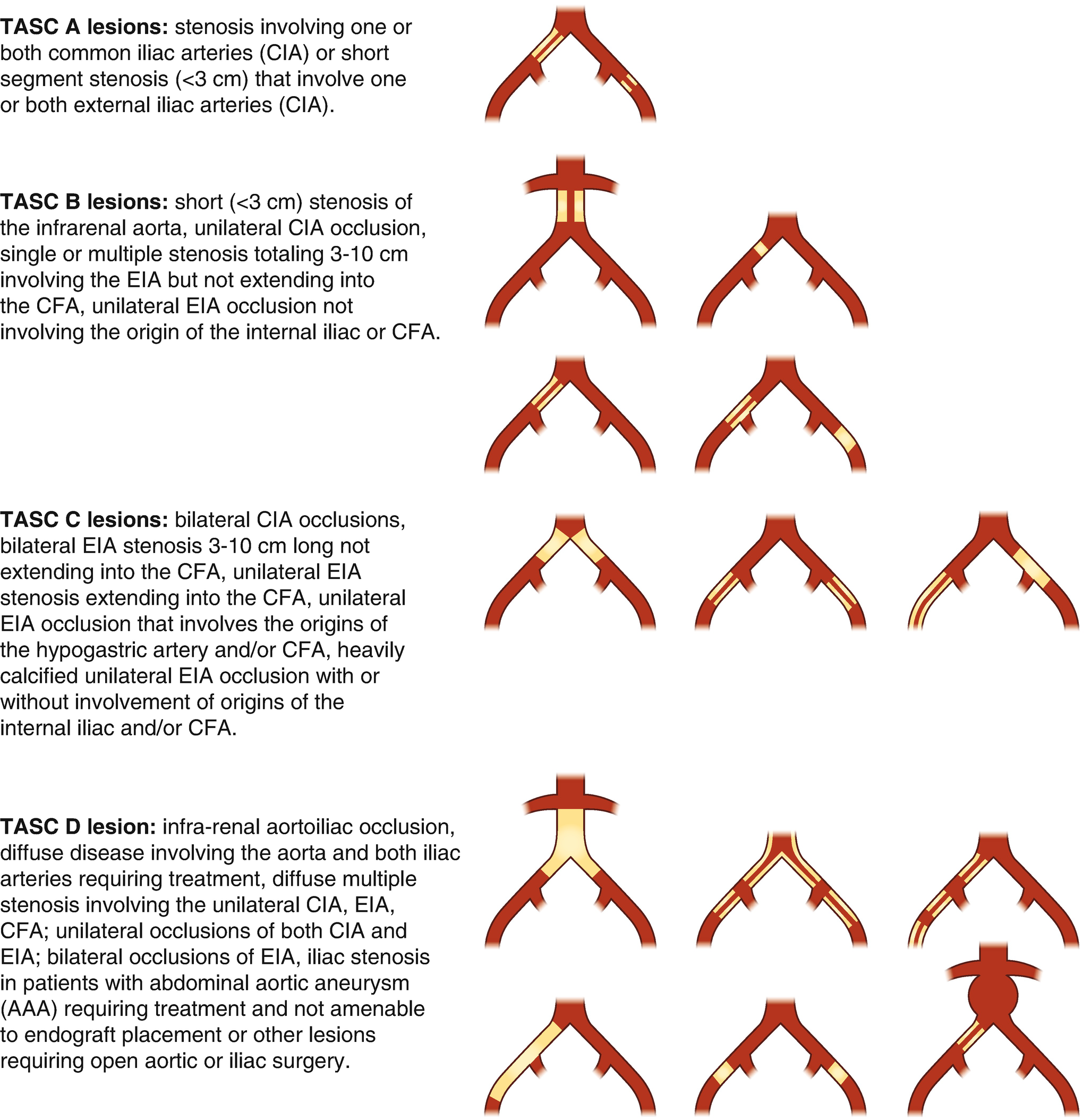






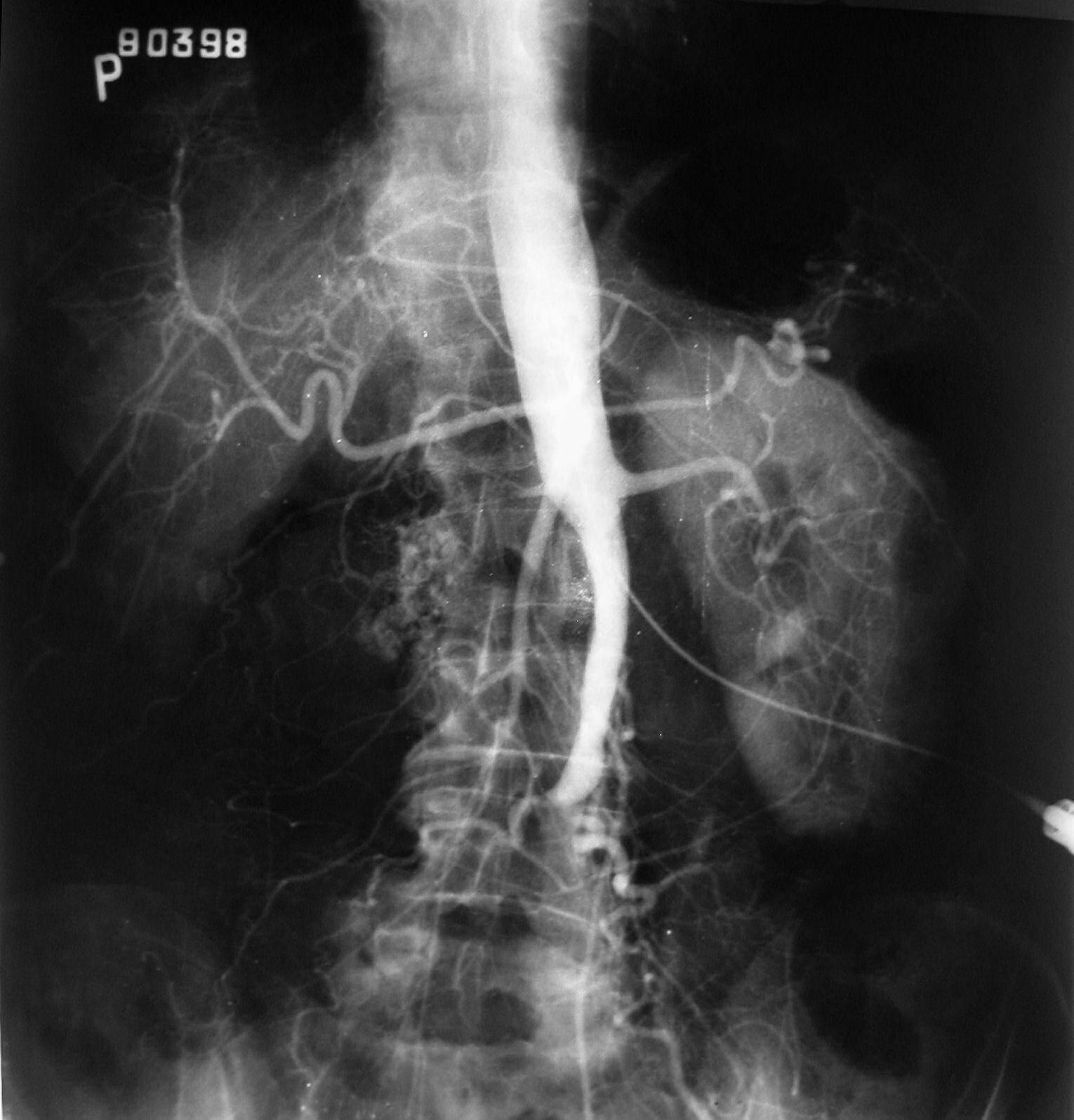



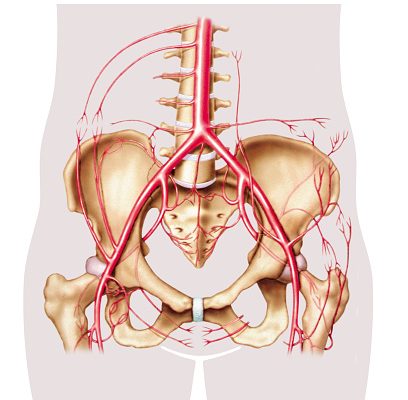
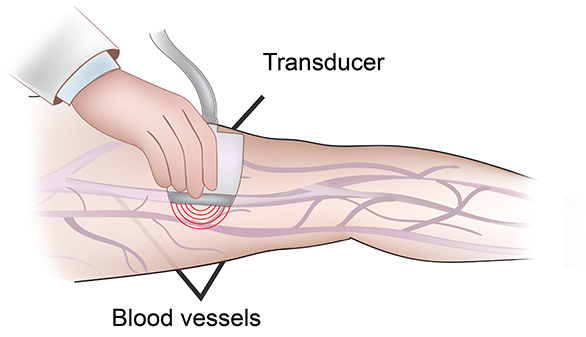

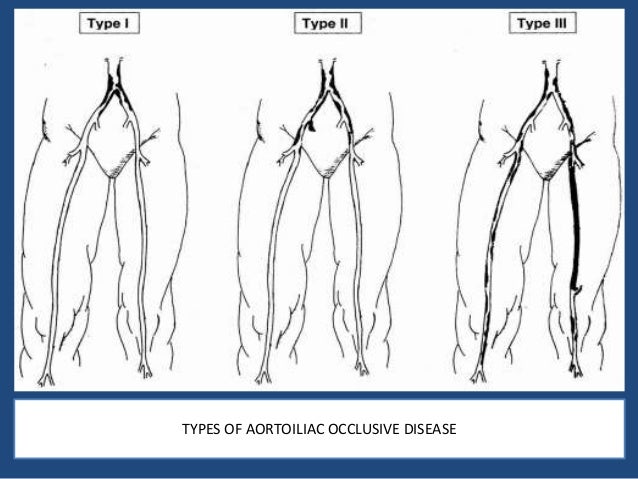

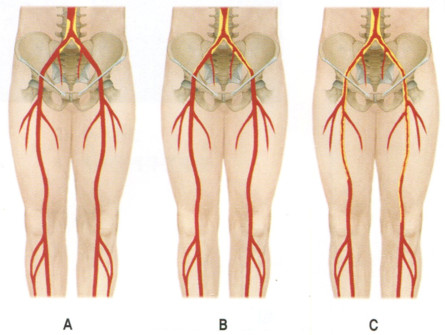



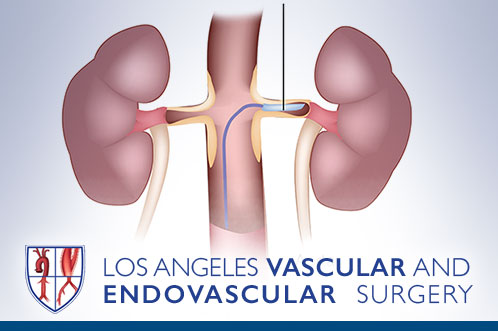




Post a Comment for "What Is Aortoiliac Disease"